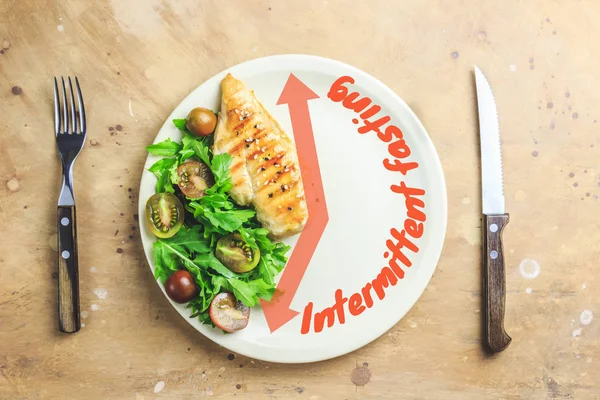India is not only on the verge of becoming the diabetes capital of the world, but it is slated to feature prominently on the obesity map also, especially among youngsters.
If we consider the obesity figures released by World Obesity Atlas 2022, published by the World Obesity Federation, which predicts that one billion people globally, including 1 in 5 women and 1 in 7 men, will be living with obesity by 2030.
Going by the figures of overweight people in 2022, more than 1 billion people worldwide are obese – 650 million adults, 340 million adolescents, and 39 million children.

Let’s see how India fare as compared to the developed nations. Obesity in India has reached epidemic proportions in the 21st century, with morbid obesity affecting 5% of the country’s population. India is following a trend of other developing countries that are steadily becoming more obese.
So, what is the main reason for obesity increasing in India? It may be attributed to the drastic change in food habits, i.e., adherence to unhealthy nutrition. In the last decade, people of all age groups have shown an inclination towards fatty food and processed food. Besides, a sedentary lifestyle, which people are leading especially post-pandemic when people were majorly home-bound. The easy availability of junk food, online / offline is another main reason for rising obesity in youngsters. Other main reasons for obesity in India are a high-calorie diet and lack of physical exercise. As you are aware that we need body fat to store energy, keep warm, and absorb shocks. Whereas ‘Binge eaters’ cannot control their urge to eat and are likely to have symptoms of depression and low self-esteem.

Why is obesity a problem in India? Obesity increases one’s risk of developing chronic conditions and raises unprecedented challenges. Obesity may lead to chronic conditions like hypertension (High blood pressure), diabetes, cardiovascular diseases, certain types of cancers, and arthritis. These changes translate into increased risk for coronary heart disease, stroke, and cardiovascular death: Obesity and Coronary Artery Disease. This way we see that obesity is not just a physical issue; it has severe psychological implications also.
To counter the scenario and make citizens lead a healthy life with fitter physiques, intermittent fasting has been viewed as a solution. It is easy to follow and the results are magical without any side effects. You just need determination and planning of your daily food intake, adjusted to your clock.
First & foremost, what is fasting, which we have been observing in our elders for ages? Fasting is purposely giving up food for some days of the month or year, marked by festivals or religious calendars.
As you must be aware that the practice of fasting dates back to ancient times when it was a common practice to fast to help heal the body. It also has roots in religion where it’s said to help deepen your connection to your faith. One example is during the holy month of Ramadan when fasting is encouraged from dawn to dusk.

But what is this new age terminology – intermittent fasting?
You believe that you try fasting to lose weight, but if this isn’t something you can do forever – and if the plan isn’t sustainable – then you may regain that weight. Intermittent fasting can help with weight loss because it may help you eat less overall. This is especially true if you eat sensible portions and choose balanced meals during non-fasting times.
In intermittent fasting, you have to restrict your food intake and by doing so, your body will more quickly and efficiently tap your fat stores for energy. While glucose from carbohydrates is our most direct fuel source, we burn fat for energy when glucose isn’t available. This happens even more during times of food deprivation. Our ability to store fat is unlimited.
Intermittent fasting can be done in a variety of ways. There’s no “perfect” fasting plan, and it really should be based on what works best in your life.
One method is fasting daily for a set amount of time, usually 12 hours or more. The average person sleeps about 7 hours a night, which counts towards that fasting time. If you don’t eat after dinner, then you could easily achieve a daily fast to help your body burn fat more efficiently. This type of fasting could work well for someone who tends to be a nighttime snacker.
Another form of intermittent fasting is alternate-day fasting. This is where you eat whatever you want 5 to 6 days of the week and choose 1 or 2 days a week to fast. During those fasting days, water and broth are encouraged so you don’t become dehydrated. This type of fasting could be beneficial for someone with a work schedule that may be busy some days and cannot eat regularly.
When you’re eating, choose healthy foods such as fruits, vegetables, whole grains, lean meats, plant proteins, and non- or low-fat dairy products.
This way, we see that it works if you follow it diligently. If you are planning to undertake intermittent fasting, your need to consult your doctor first, who has been aware of your medical condition. Any type of fasting could be dangerous if you’re on certain medicines or have certain conditions. Your doctor can review your health history and provide you with guidance.
It’s important to try methods that make you happy and don’t cause your mind and body harm. If following a set of rules of when you eat seems stressful, then intermittent fasting may not be right for you.
Hence, before opting for intermittent fasting, you need to consider these factors: Your obesity ratio, not follow it as a fad, because your peers are doing it, your medical condition, if you are on some medication, and most importantly, your willpower.
For once, try to follow and HappyHo.





